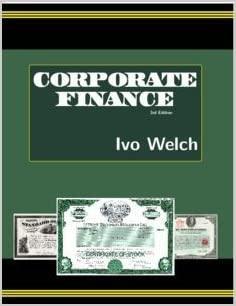Q 12.24. A $300 million firm has a beta of 2. The risk-free rate is 4%; the
Question:
Q 12.24. A $300 million firm has a beta of 2. The risk-free rate is 4%; the equity premium is 3%. As- sume that the firm can easily tap a perfect capital market to obtain another $95 million. The firm can also easily tap the financial markets. So far, it has had a policy of only accepting projects with an IRR above the hurdle rate of 10%. Suddenly, one of its main suppliers (perhaps one facing credit constraints) has approached the firm for a 1-year loan. Assume that the loan is risk free for you-you hold more than enough sway over your supplier to ensure repayment. The supplier wants to borrow $100 million and pay back $106 million next year. 1. Without the new loan, what is the firm expected to earn per year? 2. What is the NPV of the loan? 3. If the firm changes its policy and extends the loan, how would its value change? 4. If the firm changes its policy and extends the loan, approximately how would its beta change? 5. If the firm changes its policy and extends the loan, approximately how would its cost of capi- tal change? 6. If the firm changes its policy and extends the loan, can you compute the combined firm's NPV by dividing its expected cash flows (assets) by its combined cost of capital?
7. Should the firm change its policy?
Step by Step Answer:






